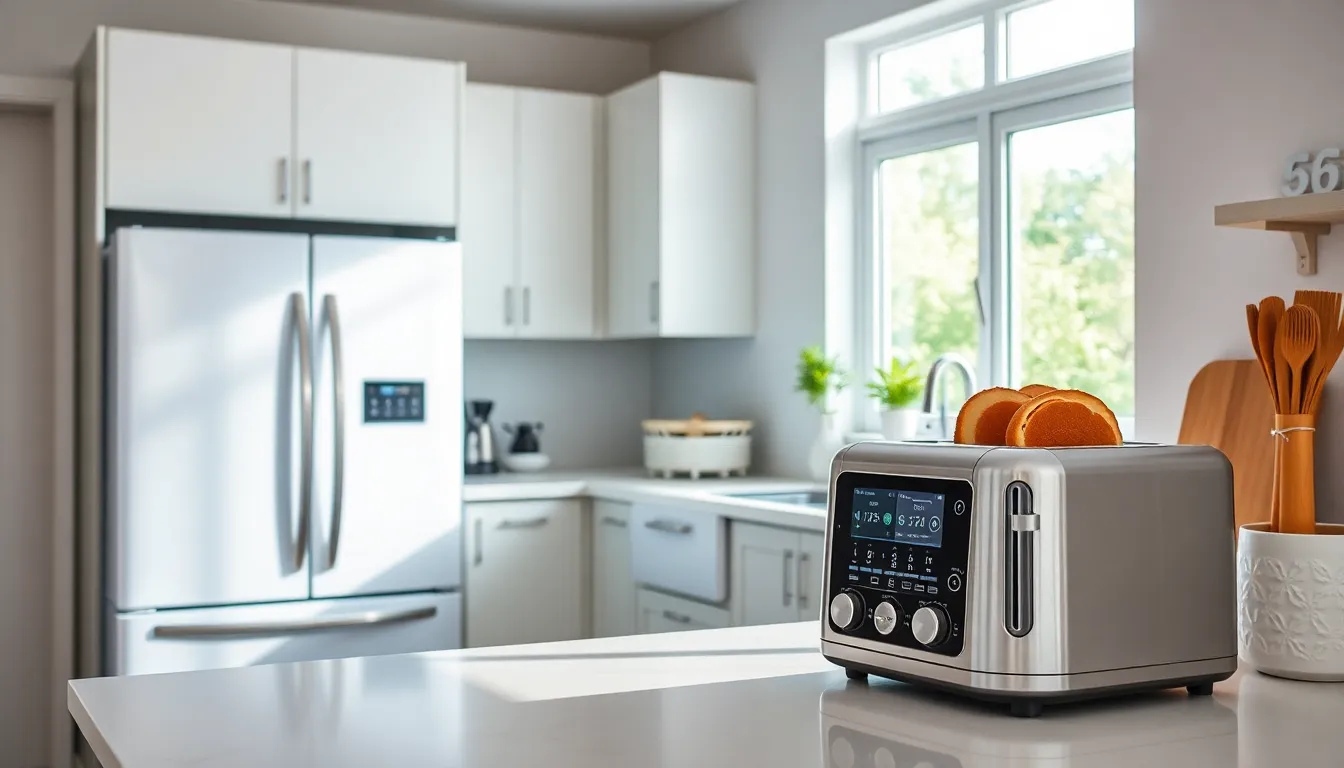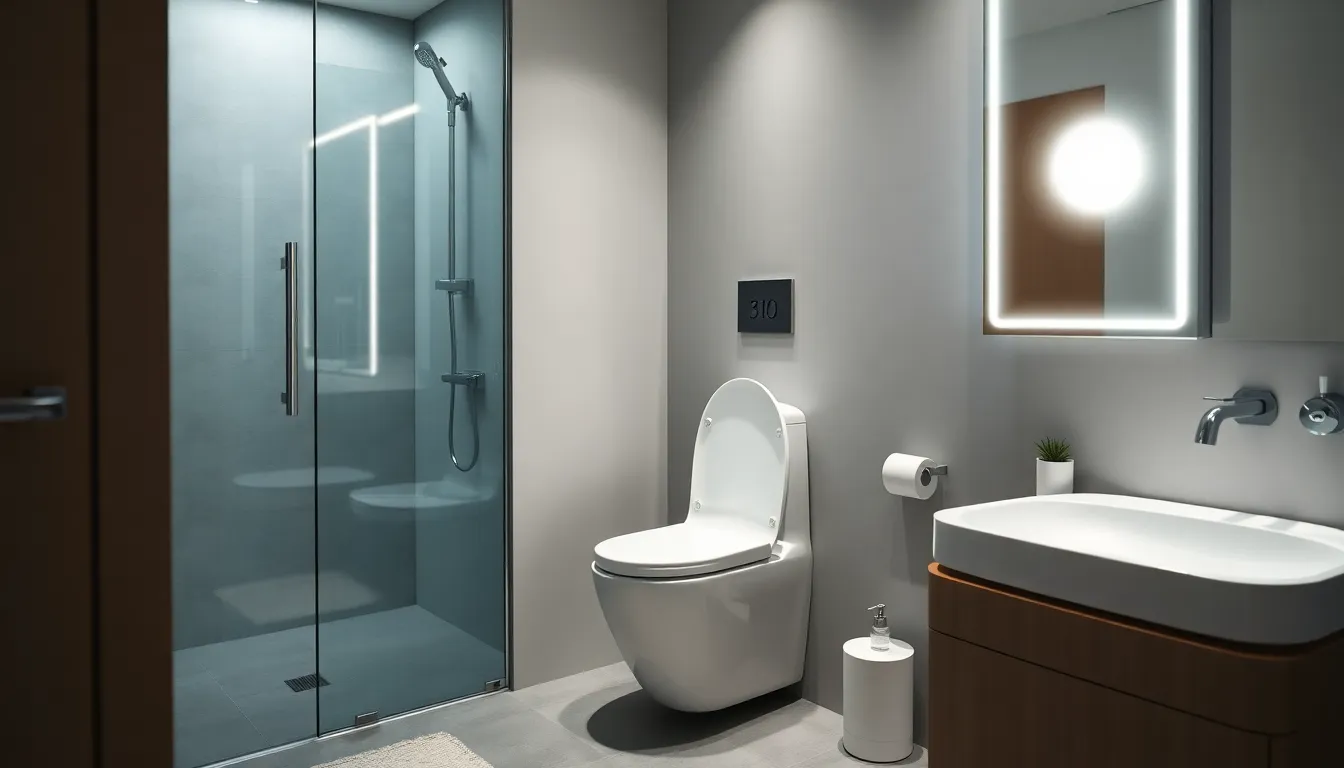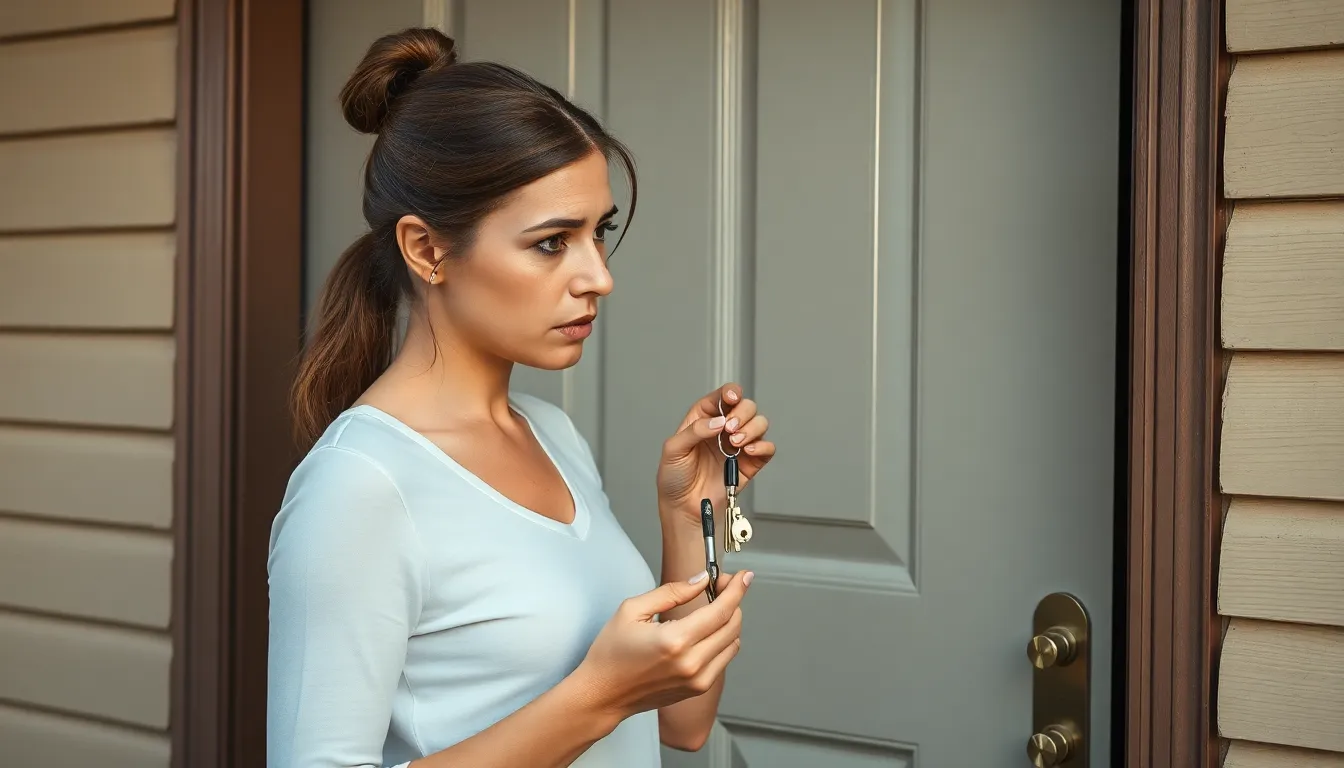Table of Contents
ToggleIn a world where your toaster might know more about your breakfast habits than your best friend, smart home technology is revolutionizing everyday life. But with great convenience comes great responsibility—or at least a few awkward conversations with your fridge. As homes become smarter, the question of data privacy looms larger than that suspiciously chatty vacuum cleaner.
Understanding Smart Home Data Privacy
Smart home data privacy involves the management of personal information collected by devices within a connected home. Protecting this data has become essential as smart devices increasingly monitor user behavior and habits.
What Is Smart Home Data Privacy?
Smart home data privacy refers to how personal information from connected devices is collected, stored, and shared. Devices such as smart speakers, security cameras, and refrigerators gather data to enhance user experiences, but this data can include sensitive information. Companies often handle this information, creating risks linked to unauthorized access or data breaches.
Importance of Data Privacy in Smart Homes
Data privacy in smart homes holds significant importance for several reasons. Protecting personal information fosters trust between consumers and manufacturers. Additionally, safeguarding data prevents potential misuse by hackers or third parties. A single breach can expose personal details, leading to identity theft or harassment. Consumers benefit from understanding data privacy policies associated with their devices, ensuring informed decisions regarding their purchases and usage.
Common Data Privacy Concerns
Smart home technology introduces several data privacy issues. Understanding these concerns is crucial for users in protecting their personal information.
Data Collection and Usage
Smart devices continuously collect user data. Information often includes usage patterns, preferences, and routines. Companies utilize this data to enhance service delivery and create personalized experiences. However, transparency in data usage can be lacking. Consumers frequently encounter unclear policies regarding data sharing with third parties. Knowledge about how devices collect and use data helps users make informed choices about their smart home setups.
Security Vulnerabilities
Smart home devices may present security vulnerabilities. Weaknesses in device software can lead to unauthorized access. Cybercriminals might exploit these vulnerabilities to compromise user data. Regular security updates are essential to mitigate risks. Users must prioritize strong passwords and network security. Awareness about potential threats empowers consumers to protect their information against breaches, ensuring safer smart home experiences.
Best Practices for Protecting Data Privacy
Smart home users should adopt practices that enhance data privacy protection. Implementing simple measures can significantly reduce risks associated with connected devices.
Strong Passwords and Authentication
Using strong passwords is essential for safeguarding smart home devices. Complex combinations of letters, numbers, and symbols make passwords harder to crack. Enabling two-factor authentication adds an extra layer of security, ensuring only authorized users access devices. Regularly updating passwords limits the risk of unauthorized access. Avoid using easily guessable information such as birthdays or names. Secure devices often mitigate potential threats, fostering trust in smart technology.
Regular Software Updates
Updating software regularly is crucial for maintaining device security. Manufacturers release updates to fix known vulnerabilities and improve security features. Ignoring these updates can leave devices exposed to cyber threats. Automatic updates ensure devices remain current without user intervention. Setting reminders serves as a helpful nudge for manual updates. Staying informed about new software releases keeps users aware of improvements and fixes. Proactively managing updates enhances data privacy and secures personal information.
Legal and Regulatory Landscape
Smart home data privacy faces a complex legal and regulatory environment. Current laws aim to safeguard personal data amid rapid technology advancements.
Current Regulations Impacting Smart Home Privacy
Various regulations influence smart home privacy practices. The General Data Protection Regulation (GDPR) in the European Union mandates explicit consent for data collection. In the United States, the California Consumer Privacy Act (CCPA) enhances consumer rights over personal information. These regulations require companies to maintain transparency about data usage. Organizations must inform users about data access and sharing practices, ensuring accountability. Such laws contribute to shaping a more secure environment for smart home users.
Future Trends in Data Privacy Legislation
Future legislation may establish stricter controls on smart home data collection. Potential regulations could include enhanced consent requirements and robust penalties for non-compliance. Experts predict a trend toward comprehensive federal data privacy standards in the U.S. This shift aims to create a unified approach to data protection. Emerging technologies may push lawmakers to address new privacy challenges. As these developments unfold, companies will need to adapt their policies, ensuring compliance and protecting consumer trust.
Conclusion
Smart home technology offers remarkable convenience but comes with significant data privacy challenges. As users embrace these innovations, they must prioritize the protection of their personal information. By adopting best practices like strong passwords and regular updates, individuals can enhance their security and trust in smart devices.
With evolving regulations and a growing emphasis on data privacy, companies must remain transparent about their data practices. Staying informed about potential risks and compliance requirements will empower consumers to make conscious choices about their smart home environments. As the landscape continues to change, proactive measures will be essential for maintaining privacy and security in the smart home era.








